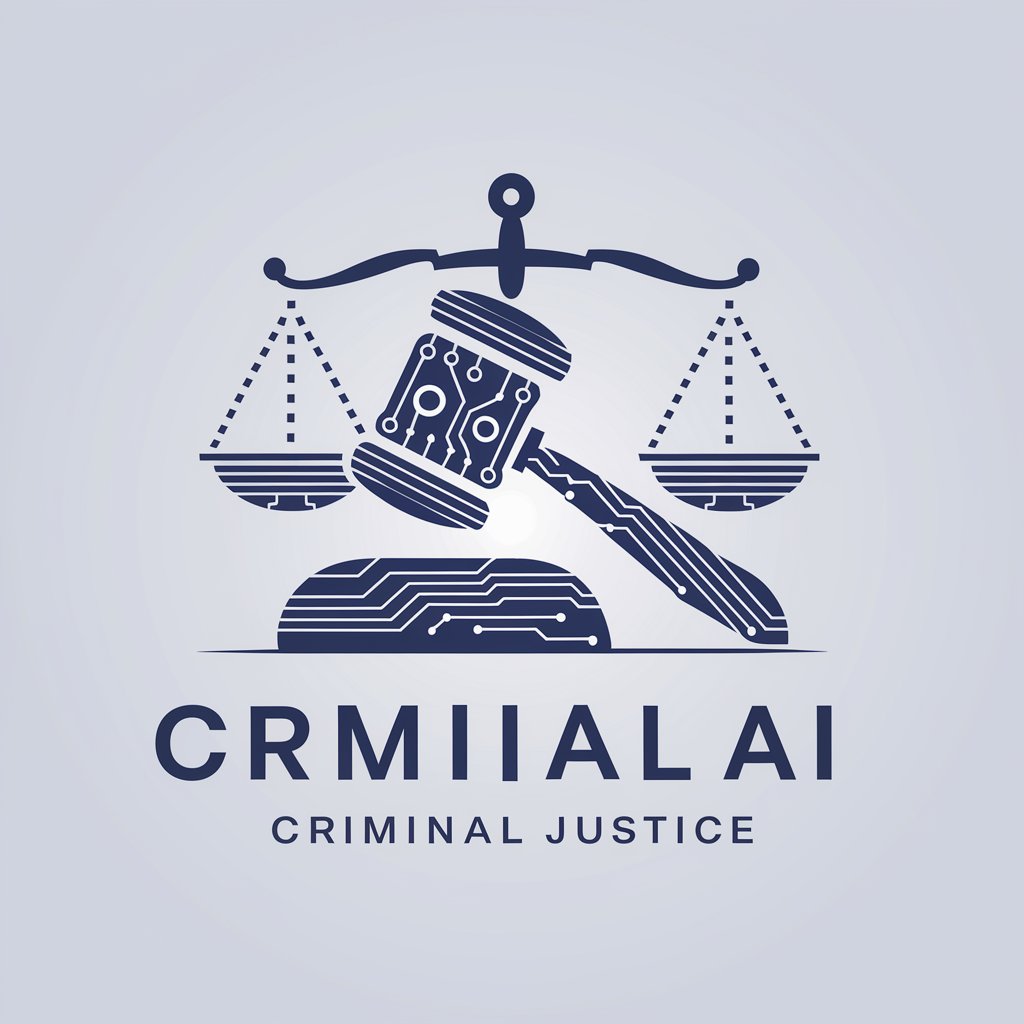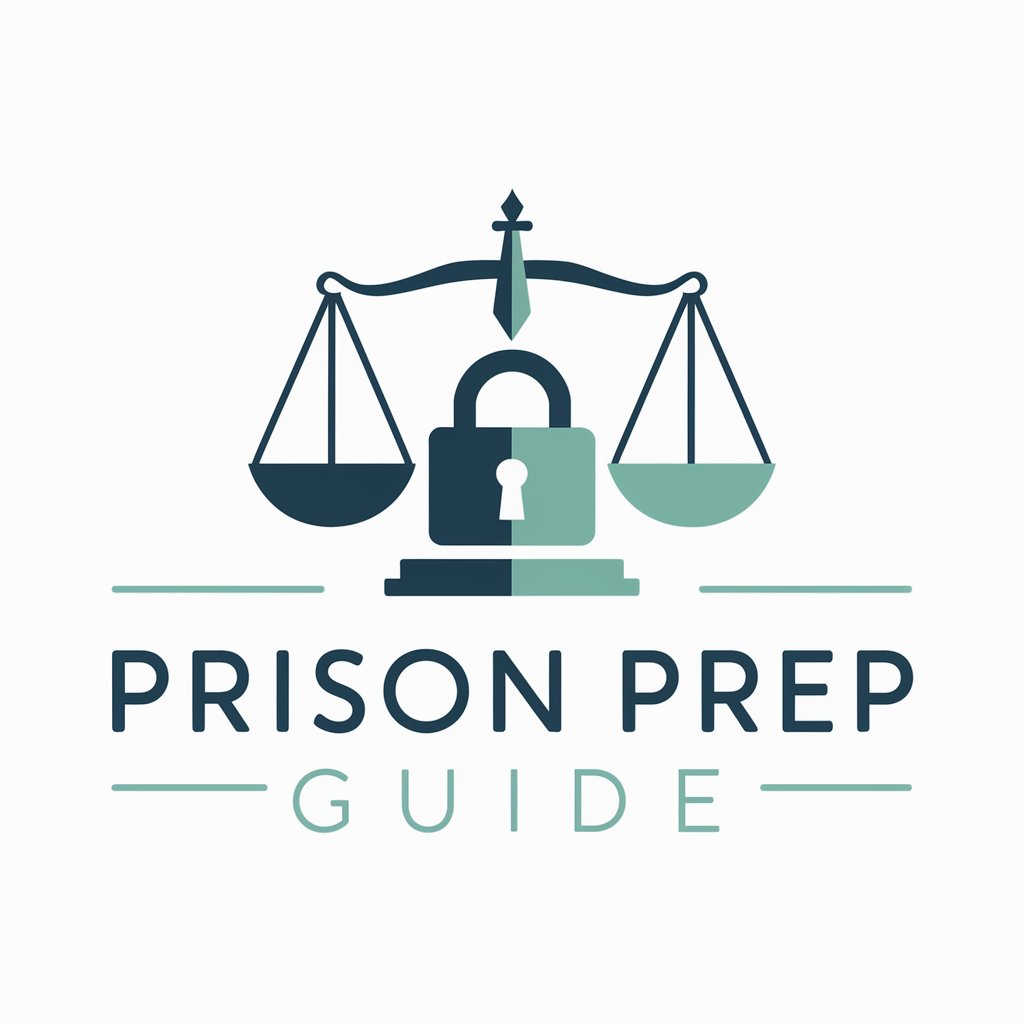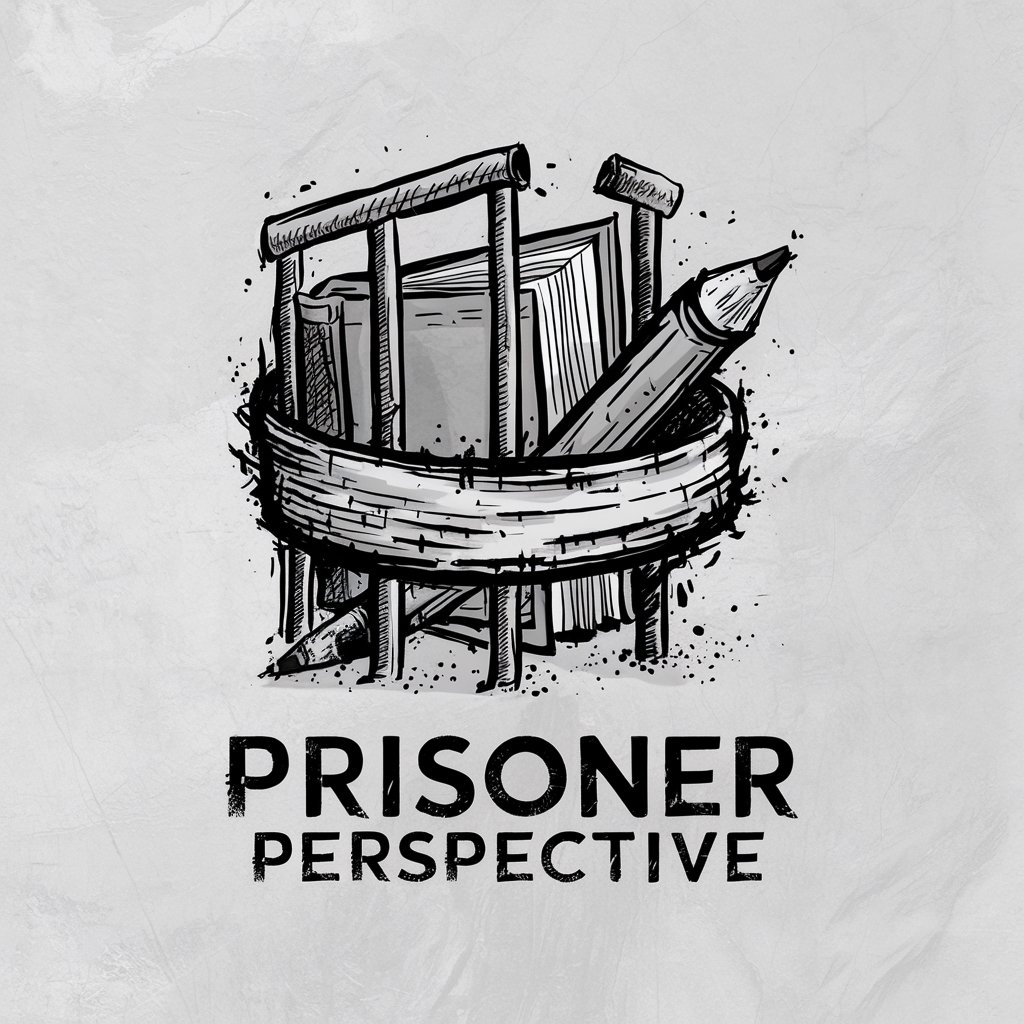
Incarceration - Incarceration Insights Tool
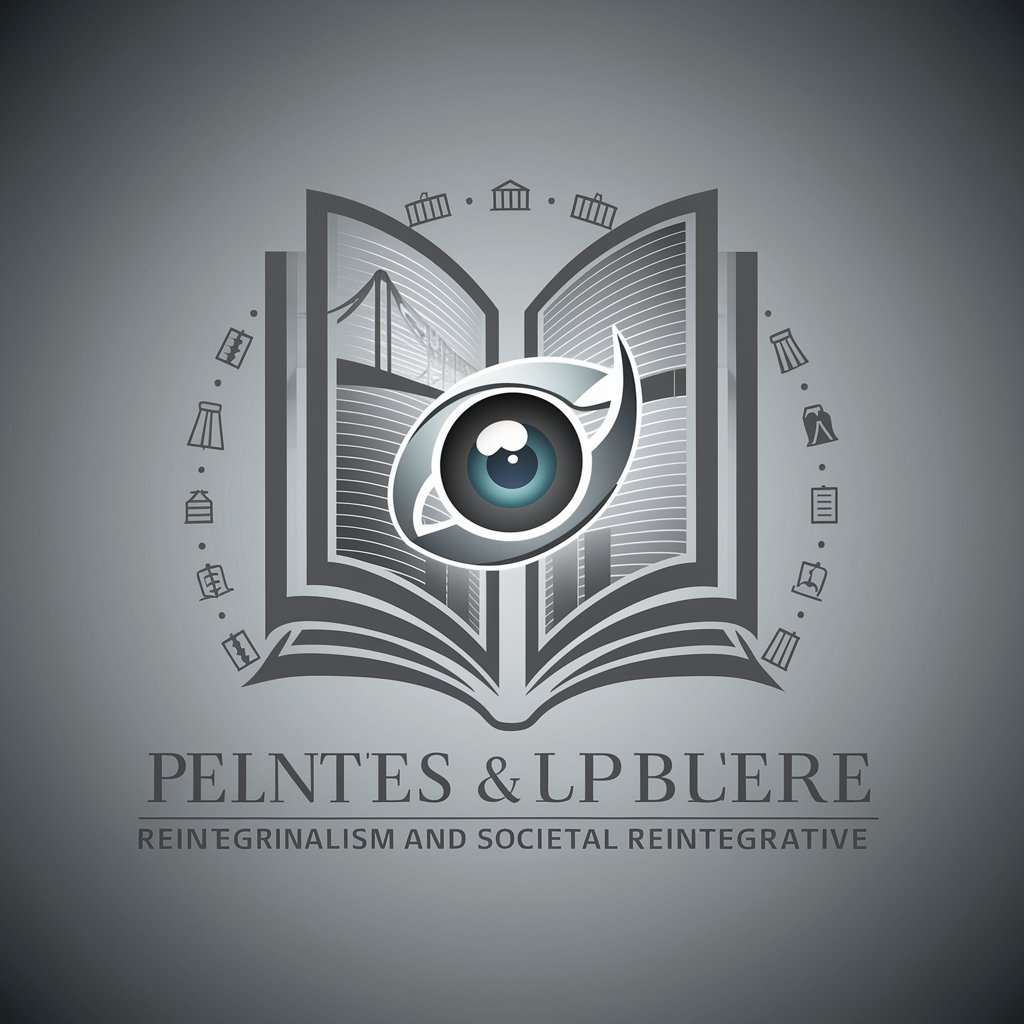
Welcome! How can I assist you with information on incarceration today?
Unlocking Insights on Incarceration
Explain the process of incarceration from arrest to release.
Discuss the societal impact of high incarceration rates.
What are the most effective rehabilitation programs for inmates?
How does incarceration affect families and communities?
Get Embed Code
Overview of Incarceration GPT
The Incarceration GPT is a specialized digital tool designed to offer comprehensive insights into the multifaceted world of incarceration. Its core functionality encompasses educating users about the incarceration process, its societal and individual impacts, and the various rehabilitation efforts underway to support affected individuals. By leveraging a vast database of information and contemporary research, this GPT aims to provide accurate, up-to-date information tailored to the needs of its users. For instance, it can simulate scenarios to illustrate the journey of an individual through the criminal justice system, the challenges faced during incarceration, and the process of reintegration into society, thus serving as an educational resource for understanding the complexities of the incarceration system. Powered by ChatGPT-4o。

Core Functions of Incarceration GPT
Educational Insights
Example
Explaining the steps of the legal process leading to incarceration, detailing pre-trial procedures, sentencing, and the appeals process.
Scenario
A law student uses the GPT to gain a deeper understanding of the legal nuances and procedural steps involved in criminal justice.
Impact Analysis
Example
Assessing the psychological, social, and economic impacts of incarceration on individuals and their families.
Scenario
A social worker consults the GPT to better support families dealing with the incarceration of a loved one, by understanding the broader impacts.
Rehabilitation and Reintegration
Example
Providing information on rehabilitation programs, educational opportunities within correctional facilities, and reintegration strategies for formerly incarcerated individuals.
Scenario
A non-profit organization utilizes the GPT to develop more effective programs aimed at aiding the reintegration of formerly incarcerated individuals into society.
Policy and Reform Discussion
Example
Offering insights into current debates, research findings, and reforms related to incarceration practices and policies.
Scenario
Policy makers access the GPT to inform their decision-making with comprehensive data and analysis on the effectiveness of different incarceration and rehabilitation strategies.
Target Users of Incarceration GPT
Students and Educators
This group includes individuals pursuing studies in criminology, law, social work, and related fields, as well as educators seeking to enrich their curriculum with detailed information on the incarceration system, its challenges, and impacts.
Legal and Social Work Professionals
Professionals working within the legal system, including lawyers, paralegals, and judges, as well as social workers and counselors who support individuals and families affected by incarceration.
Policy Makers and Advocates
Individuals involved in shaping public policy, including legislators, policy advisors, and advocacy group members looking for data-driven insights to support reform initiatives and advocate for change in the incarceration and rehabilitation systems.
Non-Profit Organizations
Organizations focused on criminal justice reform, prisoner rehabilitation, and support services for affected families and individuals, seeking to leverage comprehensive information to enhance their programs and outreach.

How to Use Incarceration GPT
1. Start with a Trial
Begin by visiting yeschat.ai for an initial trial offering, accessible without the need to log in or subscribe to ChatGPT Plus.
2. Explore Use Cases
Identify your specific interest or query related to incarceration, such as understanding the impact on mental health, rehabilitation processes, or legal frameworks.
3. Ask Your Questions
Directly input your questions about incarceration, ensuring they are clear and specific to get the most accurate and informative responses.
4. Utilize Tips for Optimal Use
For the best experience, phrase your questions to cover different aspects such as societal impacts, individual stories, or statistical data related to incarceration.
5. Continuous Learning
Revisit the tool as needed for further inquiries or to stay updated on the latest research and developments in the field of incarceration.
Try other advanced and practical GPTs
The Avatar Alchemist GPT
Craft Your Audience, Enhance Your Strategy
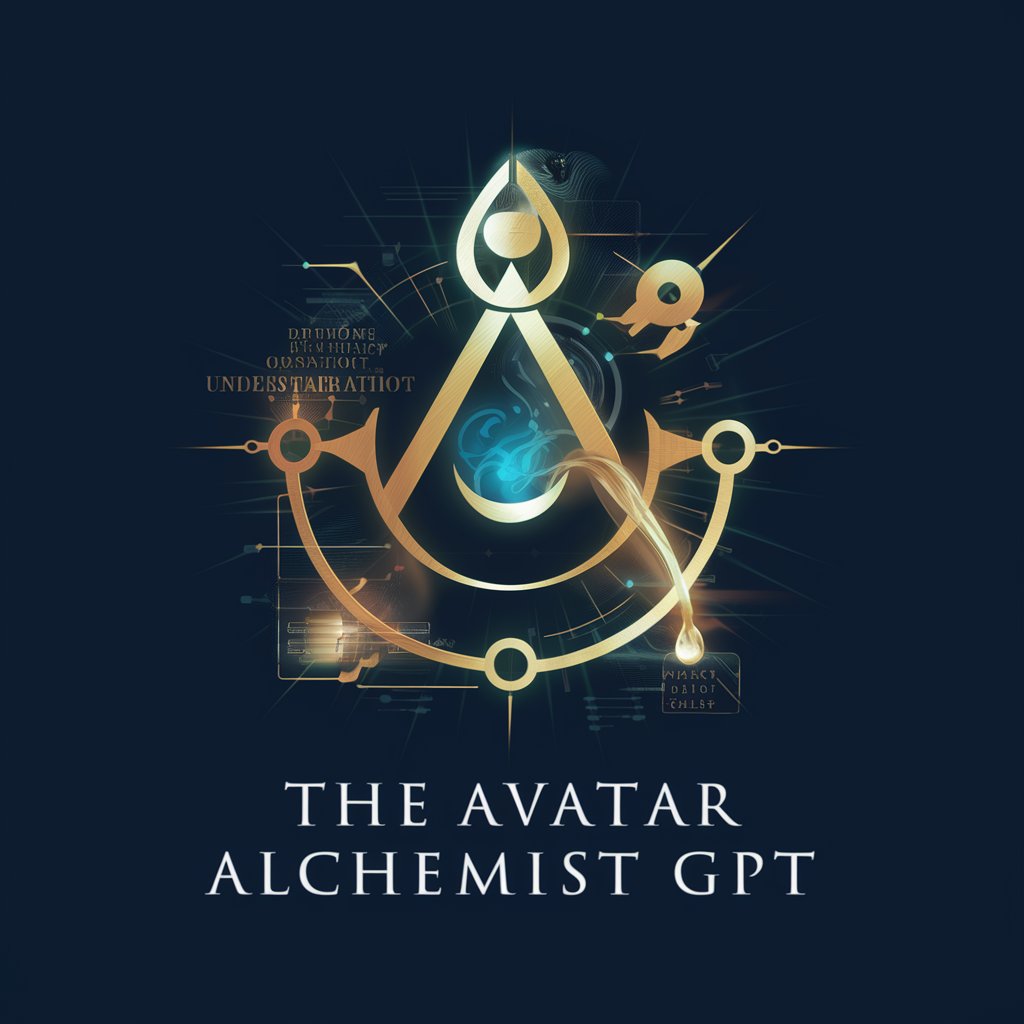
Orientador de Postagens Escolares
Empowering School Stories with AI
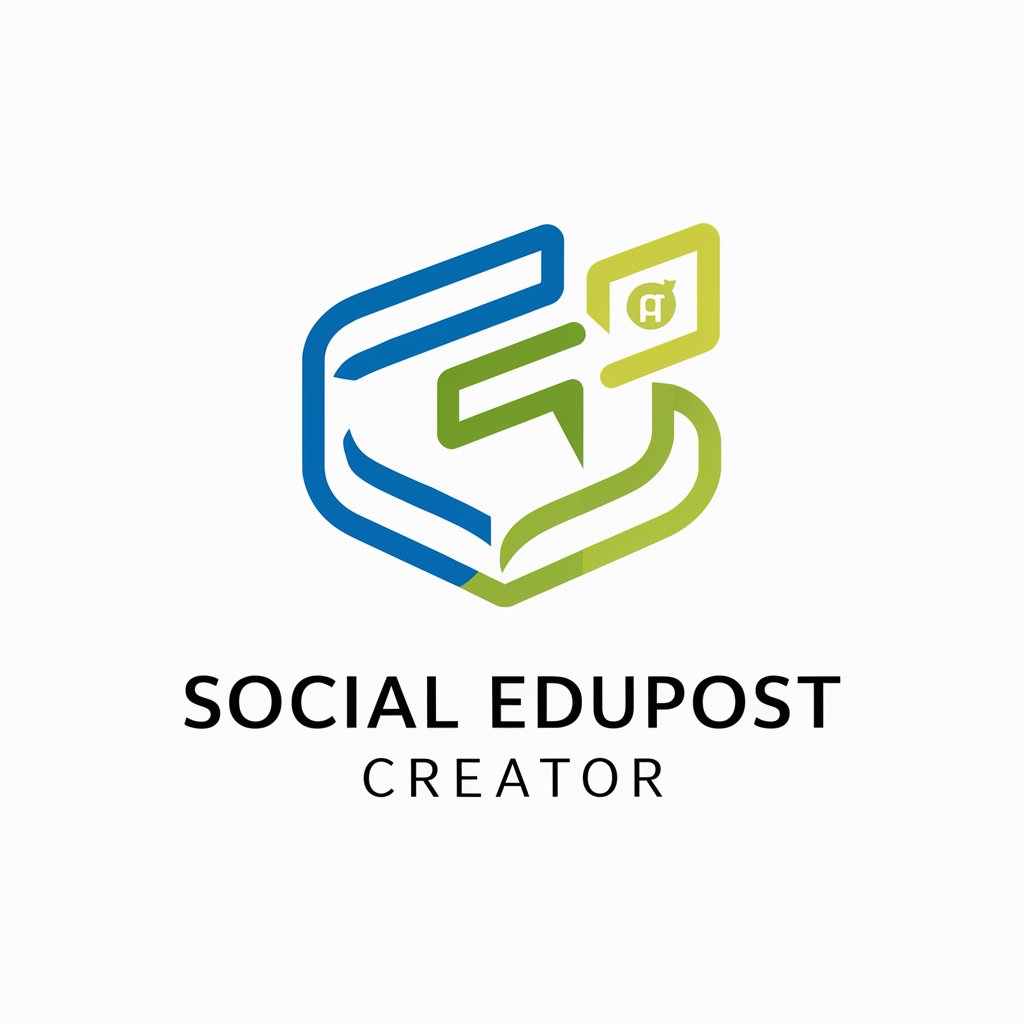
PS Itinerary Enhanced
Crafting Personalized Indian Travel Journeys with AI

Speedy News
Stay informed with AI-powered news

Scarlett Belle
Your Southern Charm in Auto Assistance

Skidiy教練小幫手
Your AI Ski Coach and Resort Guide

Social Chef
Empowering home chefs with AI-driven culinary insights.

Helpdesk Rockstar
Streamlining IT Support with AI

阿里国际站
Connect globally, trade effortlessly with AI-powered solutions.

Assistant décoration
AI-Powered Home Decor Advisor

GA4
Unlock insights across platforms with AI-powered analytics

3C Analyzer
Strategize with AI-powered Market Analysis

Frequently Asked Questions about Incarceration GPT
What types of information can Incarceration GPT provide?
Incarceration GPT offers insights on the legal aspects, societal impact, individual experiences, rehabilitation processes, and statistical analysis related to incarceration.
Can Incarceration GPT help with academic research?
Yes, it can provide data, studies, and critical perspectives useful for academic writing, research papers, and essays focused on incarceration and its effects.
Is Incarceration GPT able to discuss policy changes and their implications?
While it can provide information on existing policies and historical changes, it maintains a neutral stance without giving personal opinions or political advice.
How does Incarceration GPT ensure the accuracy of its responses?
It draws from a comprehensive database of verified sources, constantly updated to reflect the latest research and developments in the field of incarceration.
Can I use Incarceration GPT for personal guidance on legal issues?
Incarceration GPT is designed to provide general information and should not be used as a substitute for professional legal advice.
